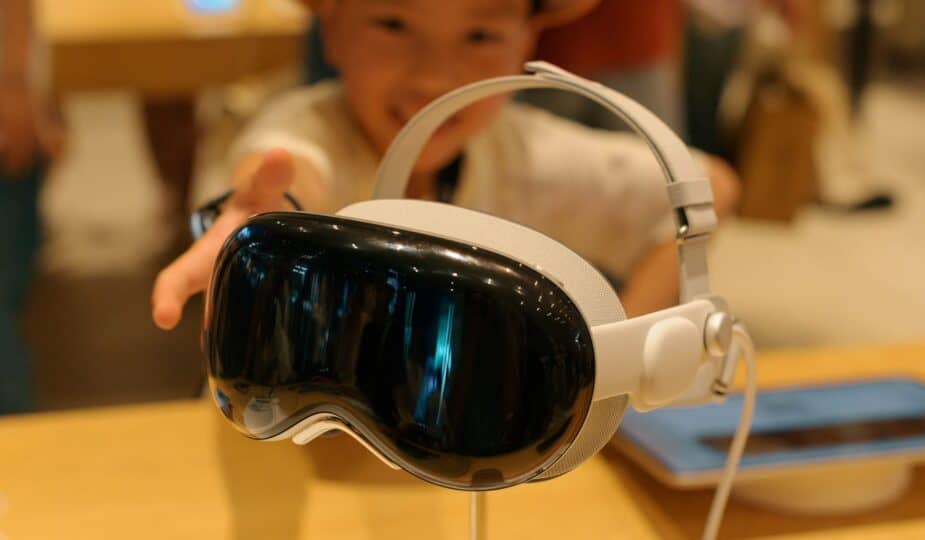
Apple's Vision Pro strategy of releasing a high-end professional product first and then a more affordable consumer version is likely to be successful in the long term, predicts market research firm TrendForce.
The company says that while many criticized the very high price, the device still captured a solid 5% of the market and created expectations that rival brands will have to live up to …
Vision Pro's Unique Positioning
Vision Pro isn't the most expensive VR/AR headset on the market, but it's the first one that's aimed at more than just a niche market.
For example, the $6,500 Varjo XR-3, which I tried last year, is aimed solely at the high-end design market.
The Varjo XR-3 needs to be tethered to a powerful PC. That's because it's aimed squarely at businesses and governments that want the best possible performance and compatibility with existing industrial design software. The company doesn't even try to sell the XR-3 to consumers.
Vision Pro, by contrast, is a stand-alone product with a much wider range of potential applications. That gives it a unique position in the market.
The Spec Has Set a New Standard
TrendForce claims that Apple’s high-end displays in particular have set a new standard that other premium devices will have to meet.
The Vision Pro has managed to set a new standard for what users expect from VR/MR. It is also the first device in the industry to feature OLEDoS display technology, setting a new standard for product specifications and visual quality in the sector.
It has also expanded the idea of what a VR/AR headset can do.
The launch of Apple’s Vision Pro has shifted VR and MR devices from their traditional focus on consumer entertainment to a broader role as feature-rich productivity tools. The Vision Pro redefines the capabilities and use cases of VR and MR devices, from document editing and virtual meetings to advanced applications in healthcare and education. This paradigm shift is expected to prompt other brands to rethink the functionality of their own VR and MR devices, expanding their role in both the consumer and enterprise markets.
The Future Is a Two-Tier Market
Leaving aside specialized devices like the XR-3, TrendForce believes that Apple has effectively created a two-tier market, with demand likely for both professional and non-professional models.
Apple is expected to launch the next generation of VR/MR devices as early as 2026, with a strategy of introducing two separate models targeting both the high-end and mainstream segments.
The high-end model is expected to continue to use OLEDoS display technology with a resolution of over 3,000 PPI, providing an exceptional visual experience. Apple will likely consider sourcing components from suppliers other than Sony to reduce production costs, possibly including Chinese suppliers who are currently expanding production capacity.
For its mass-market model, Apple is expected to focus on affordability and cost-effectiveness to target price-sensitive consumers. Possible display options for this model include glass OLED displays and LCD displays with LTPO backplane technology, both of which strike a balance between performance and cost. This dual strategy will allow Apple to target both the premium and mass market segments at the same time, strengthening its influence in the global VR and MR market.
We currently expect a fairly long wait for the second-generation Vision Pro model, while a more affordable non-Pro version may not arrive until 2028. But while it may be frustrating, Apple has been playing the long game, working on the project since at least 2008.
Photo: Yang Miao on Unsplash









